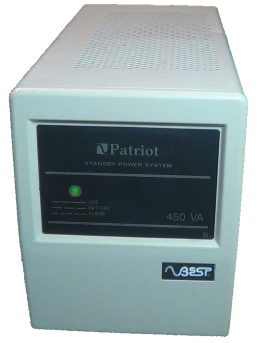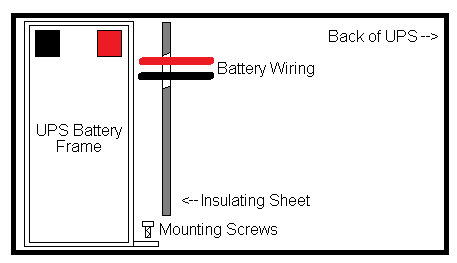

| UPS DB9 Pin / Function |
PC Serial Port DB9 Pin / Function |
| 1 - Shuts down the UPS when held high for five seconds. |
4 DTR - Shuts down the UPS when held high. |
| 3 - Normally open, connects to ground when a power failure occurs. |
8 CTS - Indicates the loss of AC power. |
| 4 - UPS Ground |
5 Signal Ground |
| 5 - Normally open, grounded when UPS battery is low. |
1 DCD - Indicates safe computer shutdown when low. |